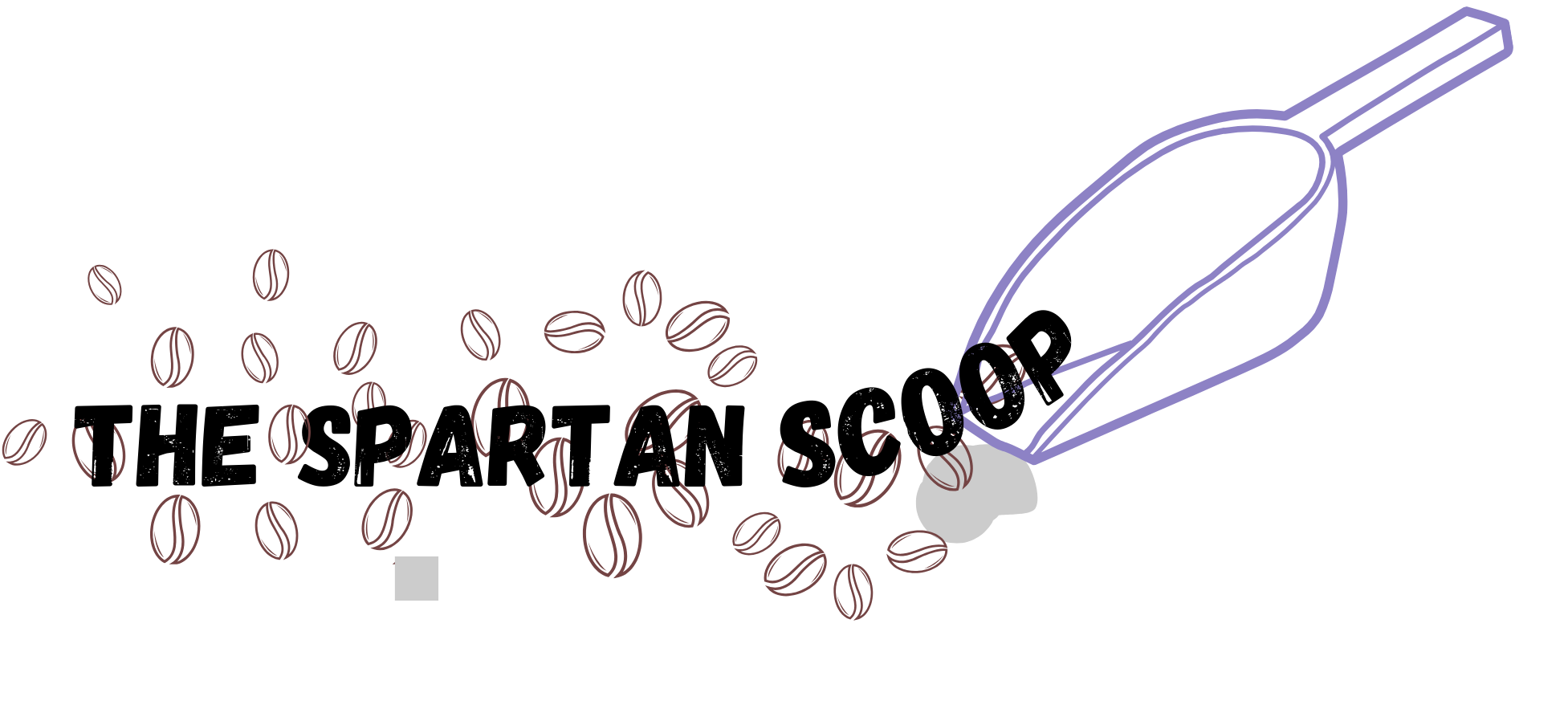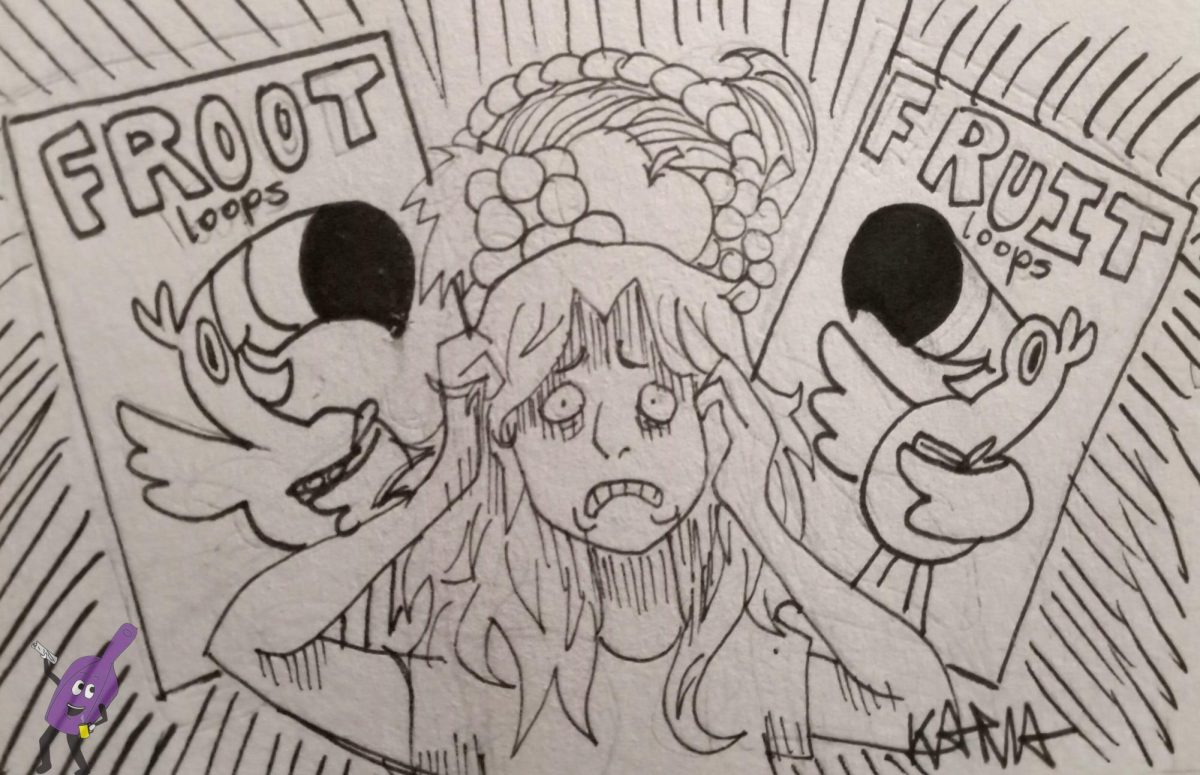The human mind is so incredibly complex. There are many different things that can shape it, and while it fully matures around the age of 25, there is evidence to support that neurogenesis (the process of your brain growing new neurons) is lifelong. With such a vital organ ever-changing and shaping in reaction to the world around us, would it be such a surprise to have it mess up every once in a while?
What about widespread false memory?
The Mandela effect is a very common topic when it comes to talking about our brains. As we grow, we tend to remember things a certain way. As more people have come together to share their experiences as a child, there’s been connections made between our memories. Many people across a few generations remember things very specifically.
The Mandela effect gained its name from the collective memory that a lot of people had about Nelson Mandela dying in prison in 1980. This was incorrect, and he was released and went on further to lead South Africa before dying in 2013.
Do you remember there being a cornucopia in the Fruit of the Loom logo, or a black stripe on Pikachu’s tail?
One of the most popular instances of the Mandela effect is the Bearenstein Bears. According to many different people, it was always spelled Bearenstein, with an e before the i. However, that is not true, and the official spelling of the childhood series about a family of bears is Bearenstain Bears. An a comes before the i. This caused a lot of outrage across the internet, because so many people remember it not being spelled that way.
Another very popular one is the Fruit of the Loom logo, which features an assortment of fruits. People also commonly remember there being a cornucopia behind the fruit. The clothing brand has never had this version of the logo. This has also brought about more confusion among people who remember it differently, and there’s a lot of them.
What’s the science, or the facts, behind the Mandela effect? If so many people are affected by it, there should be some solid explanation, right?
In truth, scientists can’t explain it. It’s described as a widespread phenomenon of false memory, where people incorrectly remember certain logos, word spellings, or designs. There have been studies done on people who share this false memory, and there is no explanation for it. Some scientists have brought up other points that attribute to false memory. Upon conducting experiments where you say a list of words that all relate to each other (ex: bed, sleep, blanket, pillow, night, dream, lay, et cetera.), some people will recite some words that were not stated beforehand, but were related (ex: saying “slumber”).
Some scientists have also brought up the idea that it could be related to “false memory syndrome.” “…people are influenced by factually incorrect recollection. They could strongly believe in something, or strongly believe that they’ve had this experience or this memory, but in actual fact, it’s fantasy,” says Ken Drinkwater, a researcher at Manchester Metropolitan.
There’s no one solid explanation for why the Mandela effect happens, and it’s unsure if there ever will be. With something as sensitive as memory, it’s hard to understand why so many people remember the same thing being a certain way.
Some people believe in the theory of a multiverse. With the Mandela effect, it’s believed that things are different in a parallel universe, which is what causes people to remember things differently. There’s also a popular theory that states that a portal to a different dimension was opened in 2008 by the Large Hadron Collider, a particle accelerator in Switzerland.
The Spartan Scoop has written a piece on theories (specifically conspiracy), which you can read here. Like a lot of theories, the “parallel universe” and “portal to a different dimension” theories don’t hold much merit. That does not stop people from referencing them though, or trying to dig deeper. Social media has allowed a lot of people to come together and find people they agree with and can share ideas with. This has all but made theories so easy to get spread around.
“During times of uncertainty, like the pandemic, disinformation, misinformation and conspiracy theories become more prevalent… People want to look at something that gives them more meaning. So it could be that belief in the Mandela Effect might be heightened because of this process,” Drinkwater says.
Some scientists have dismissed the claims about a parallel universe through different studies. Like with anything, though, this won’t stop people.
Another popular Mandela effect is the lack of a black stripe that Pikachu, from the Pokemon animated series, has on its tail. Some fans of Pokémon have always sworn it was there, but official artwork reveals that that’s not the case.
Some people also remember a movie named Shazam, starring comedian Sinbad, that was released in 1990. As it turns out, the movie has never existed, and Sinbad denies any involvement with a movie like that.
When you look up “popular Mandela effects” on any search engine, most websites that come up will repeat the same ones. There are definitely certain false memories that are more well-known than others.
Another one that people remember easily is the spelling of “Looney Toons”, the popular cartoon show. Unfortunately, if you remember it like this, then you would be wrong. The official spelling is “Looney Tunes”.
There are many different types and examples of the Mandela effect coming into play; reciting all of them would take a long time. You can view some more here.
After all of that, why is it important for us to know about the Mandela effect? For some people, it might not be, and you don’t really have to look into it if you don’t want to. But it’s cool to understand what exactly it is, and what all has seemingly “changed” in the world in our time alive. While there’s no solid scientific explanation for what goes on, it’s easy to understand that it is related to our memories. So, what do you think? Do you remember there being a cornucopia in the Fruit of the Loom logo, or a black stripe on Pikachu’s tail?




